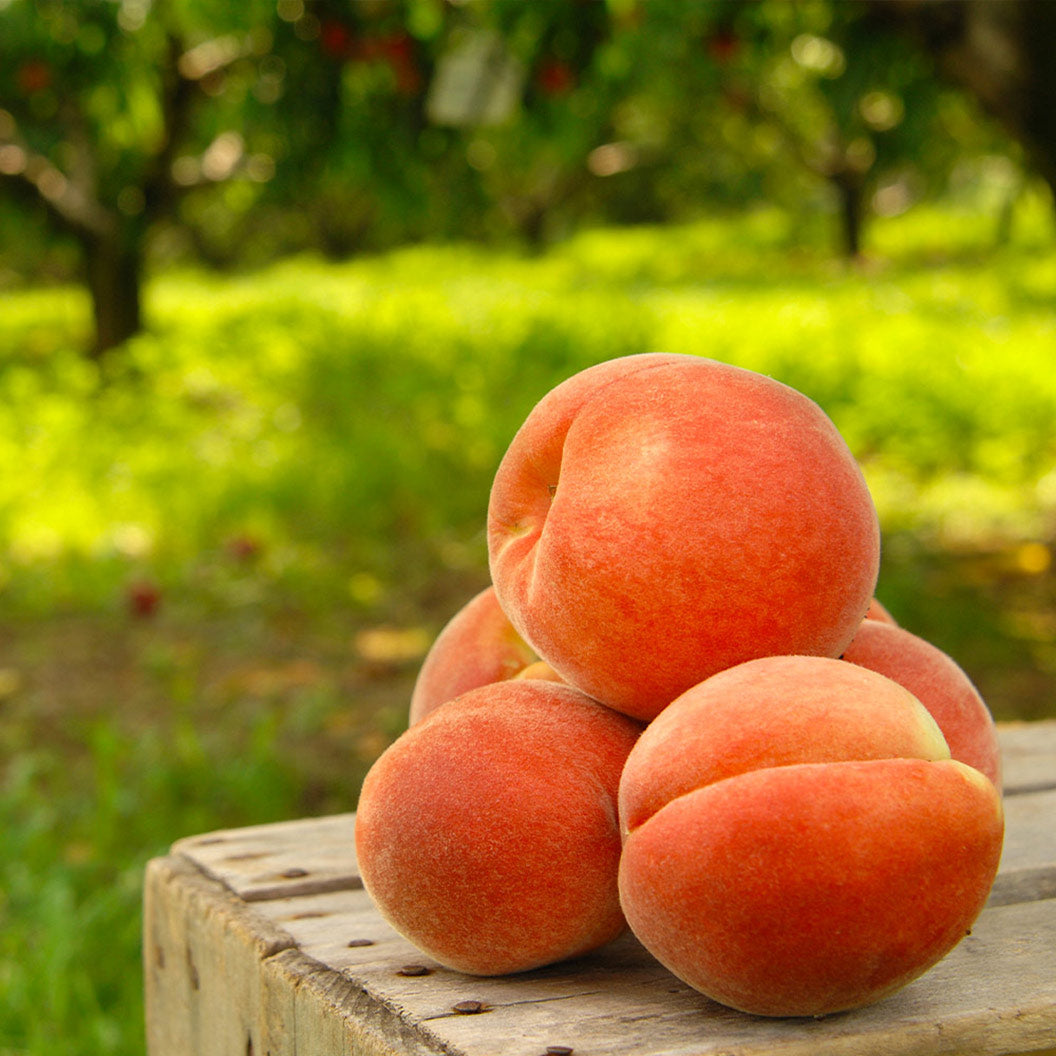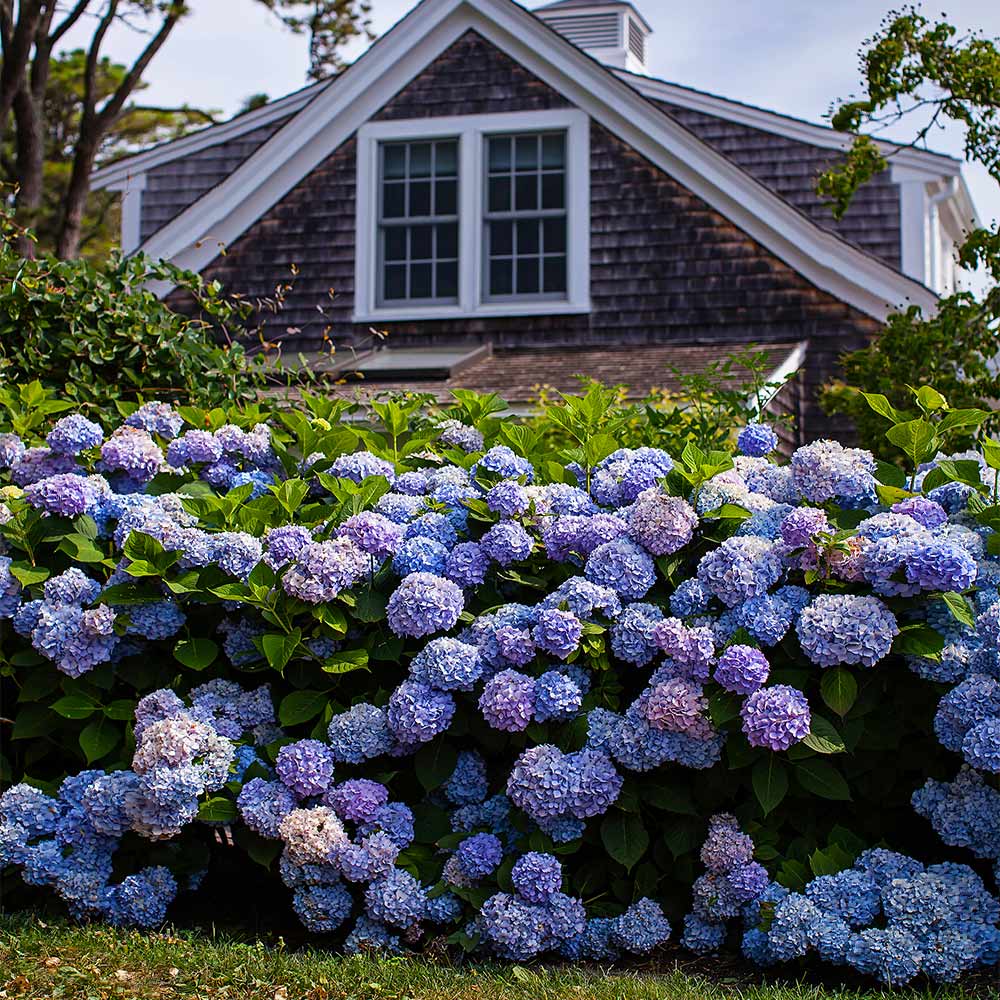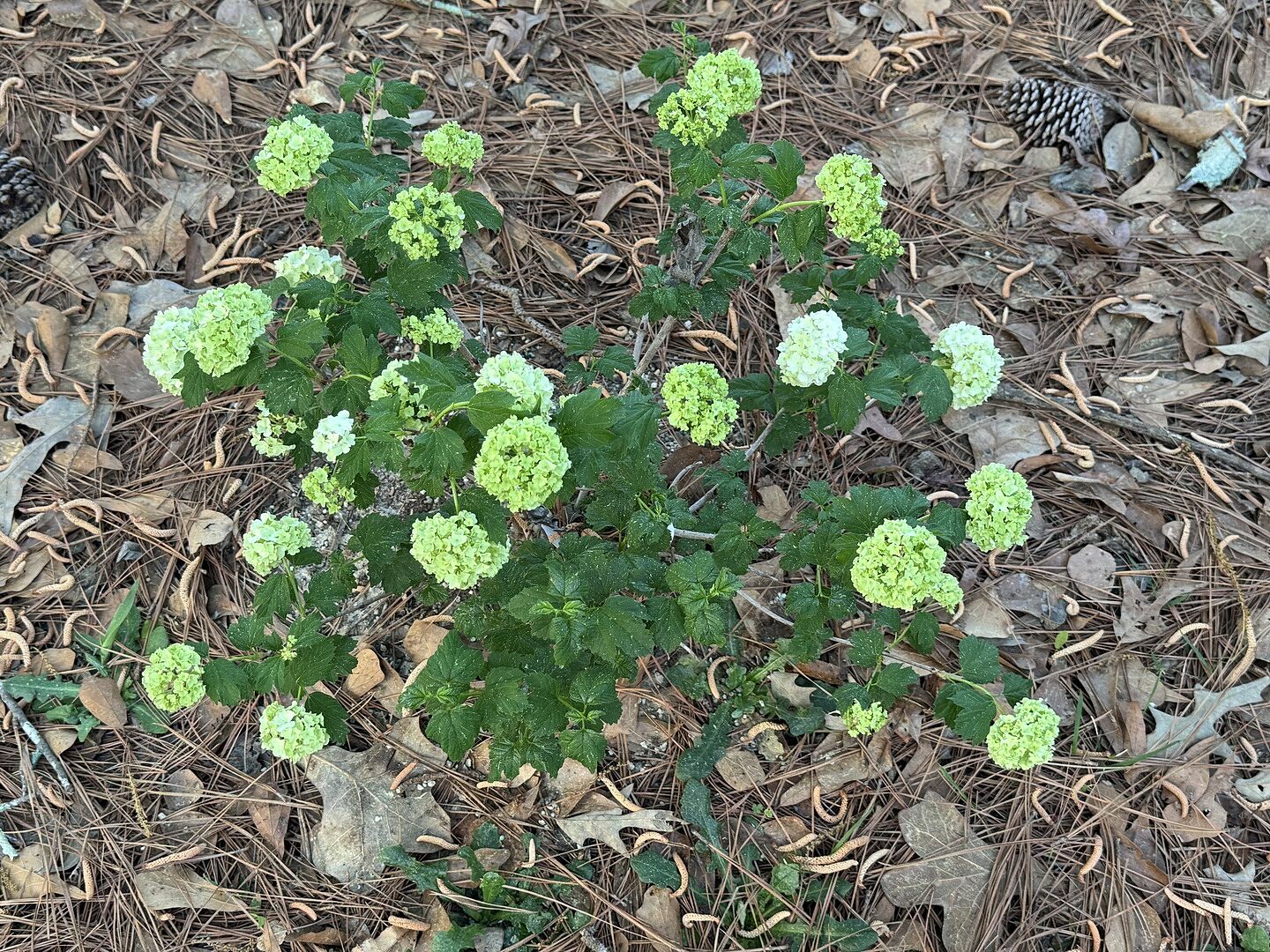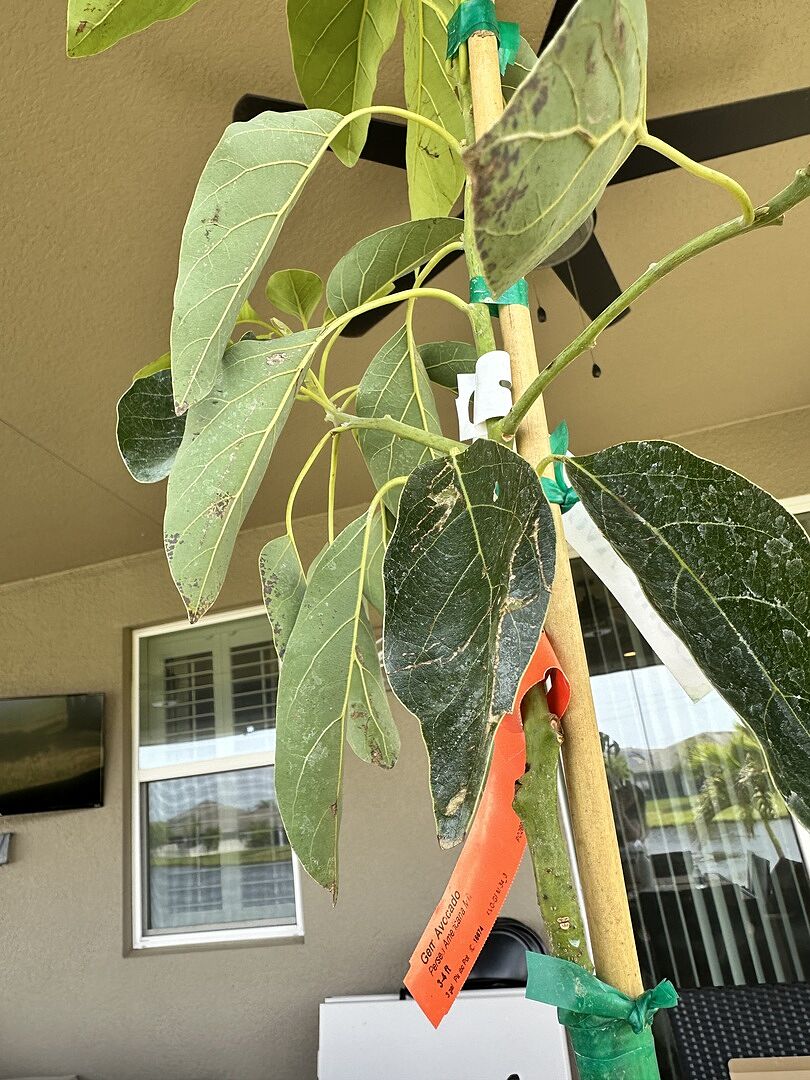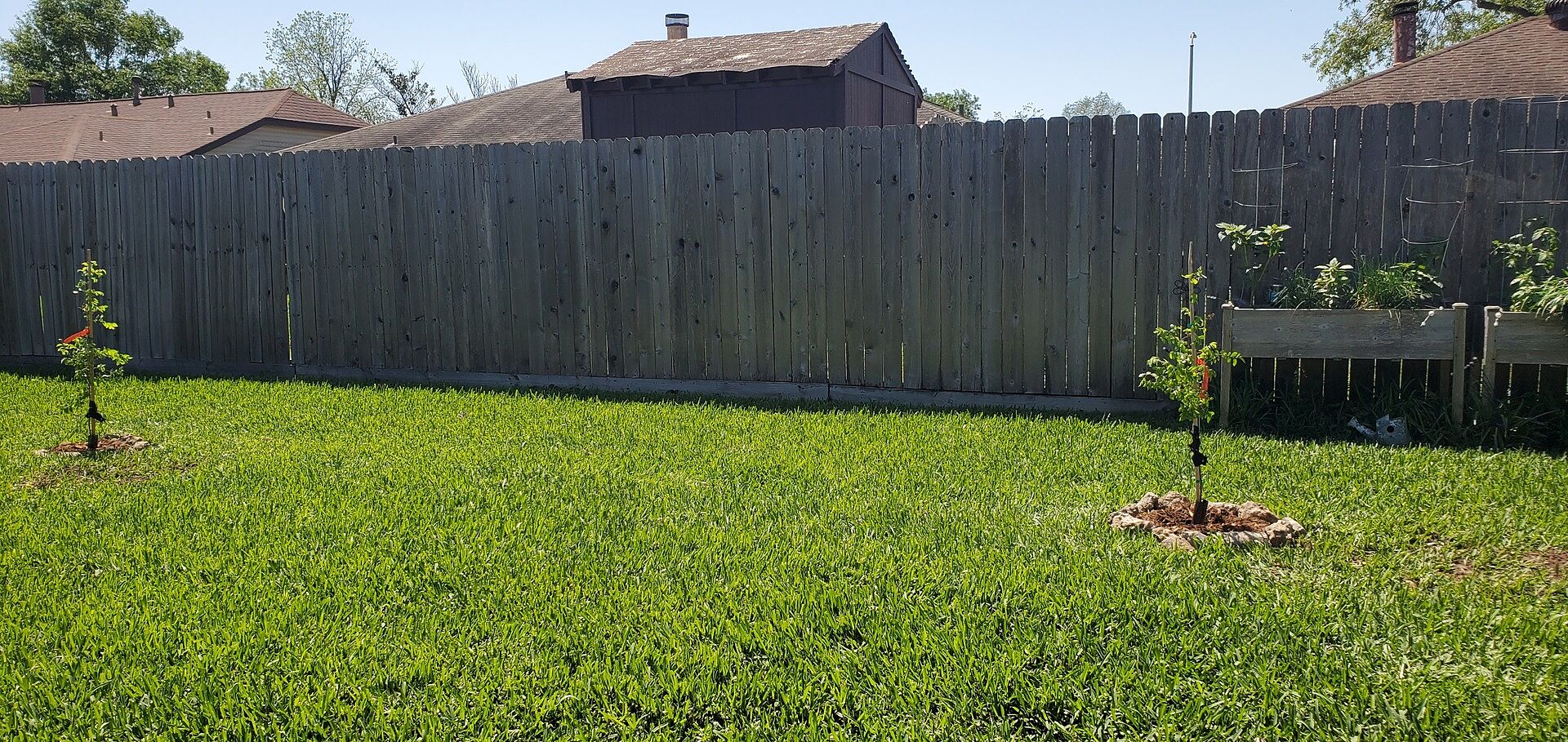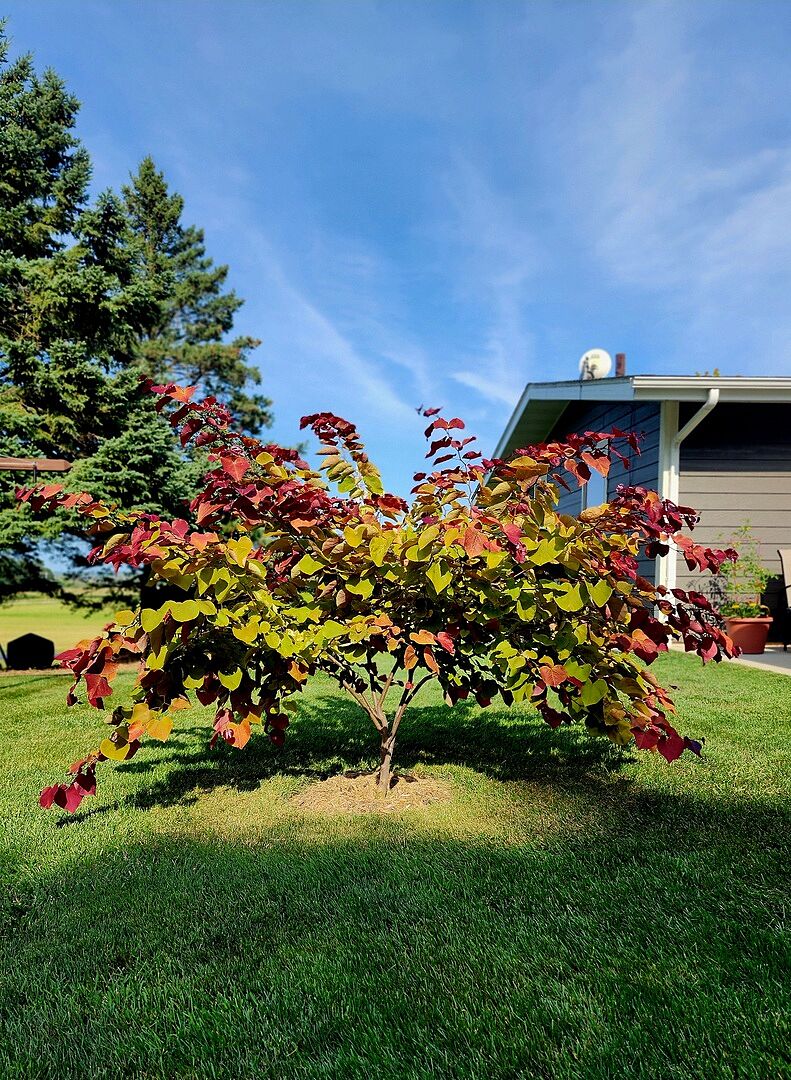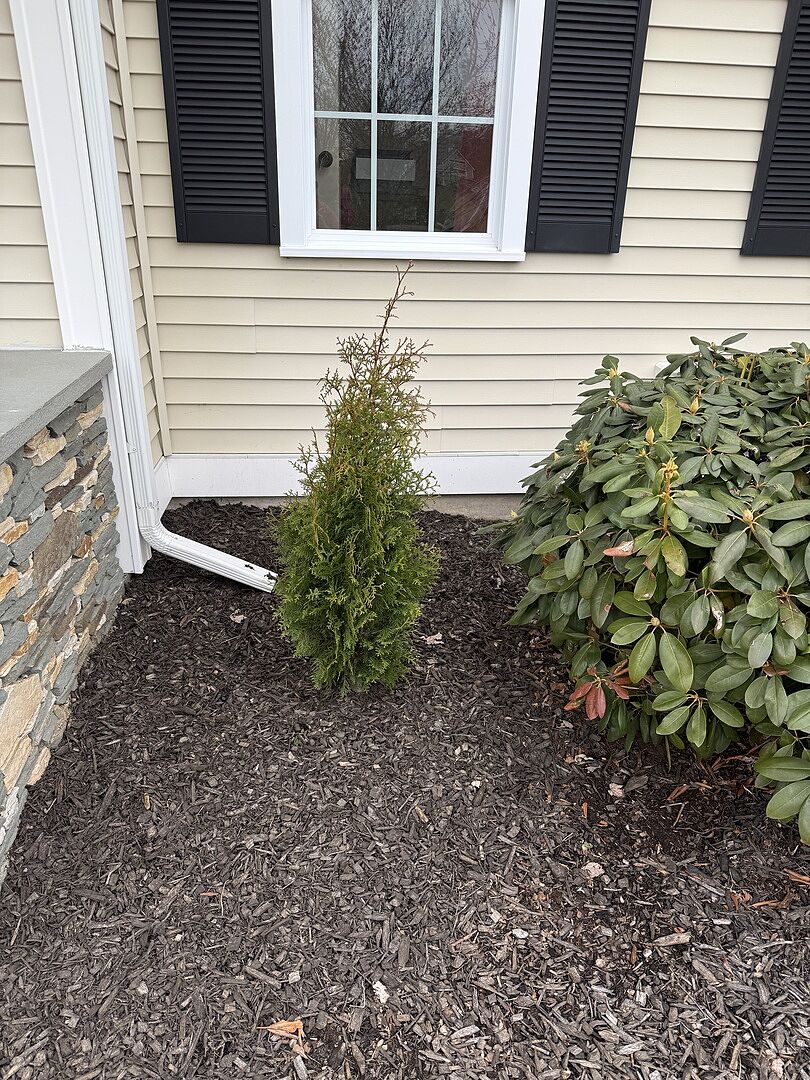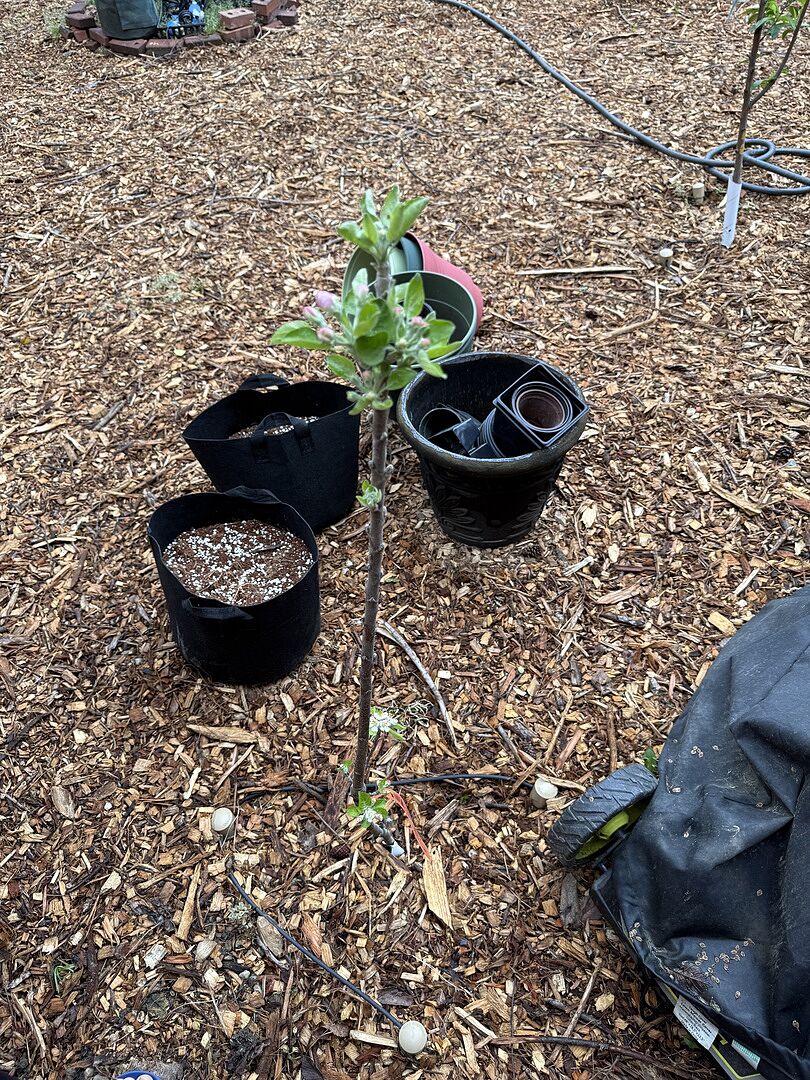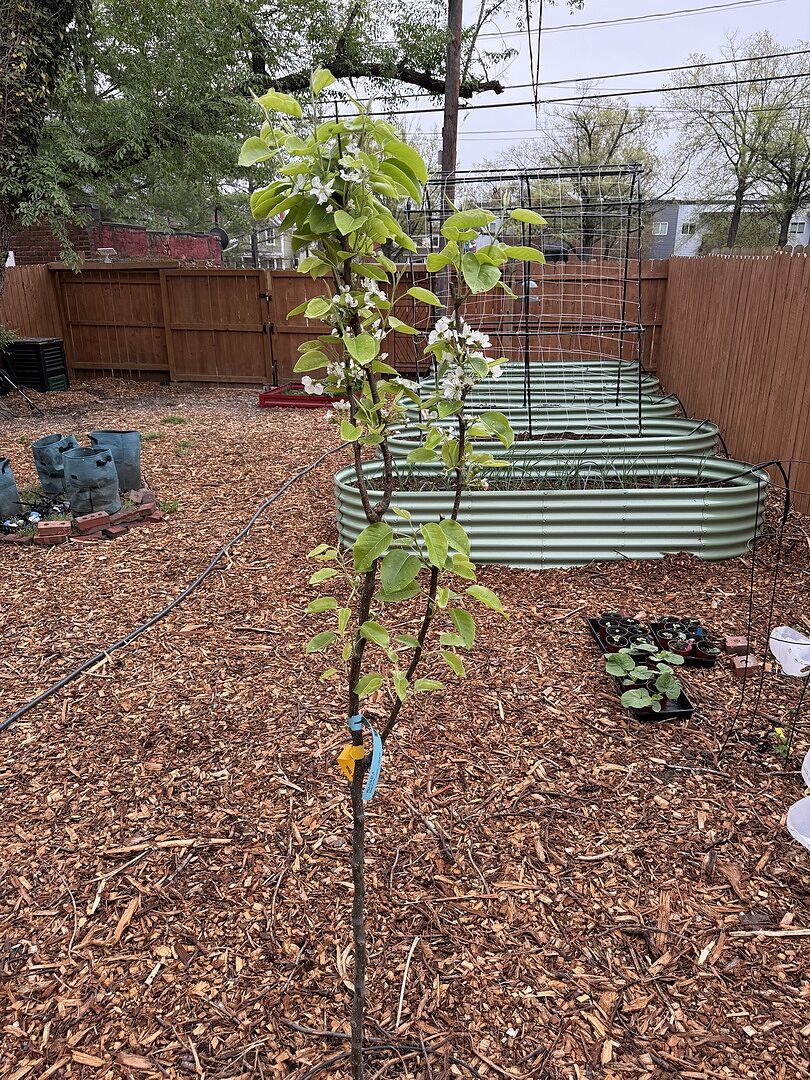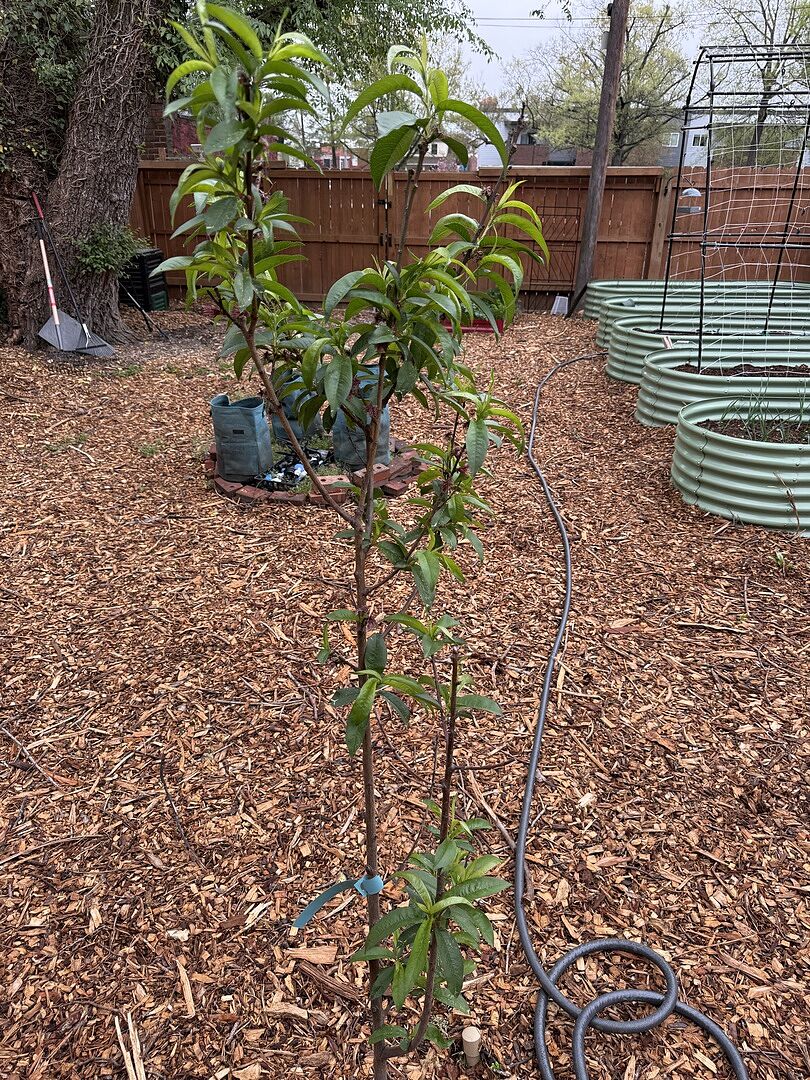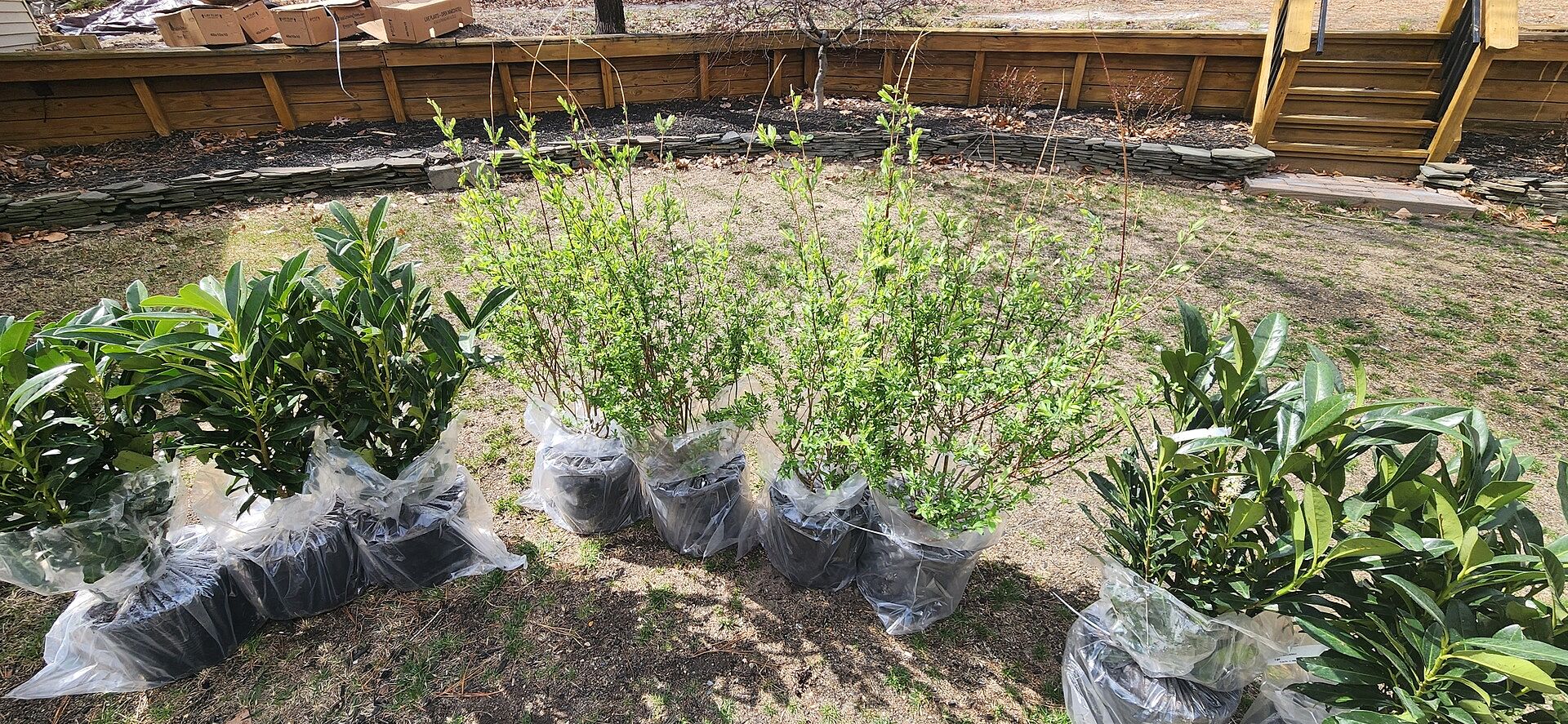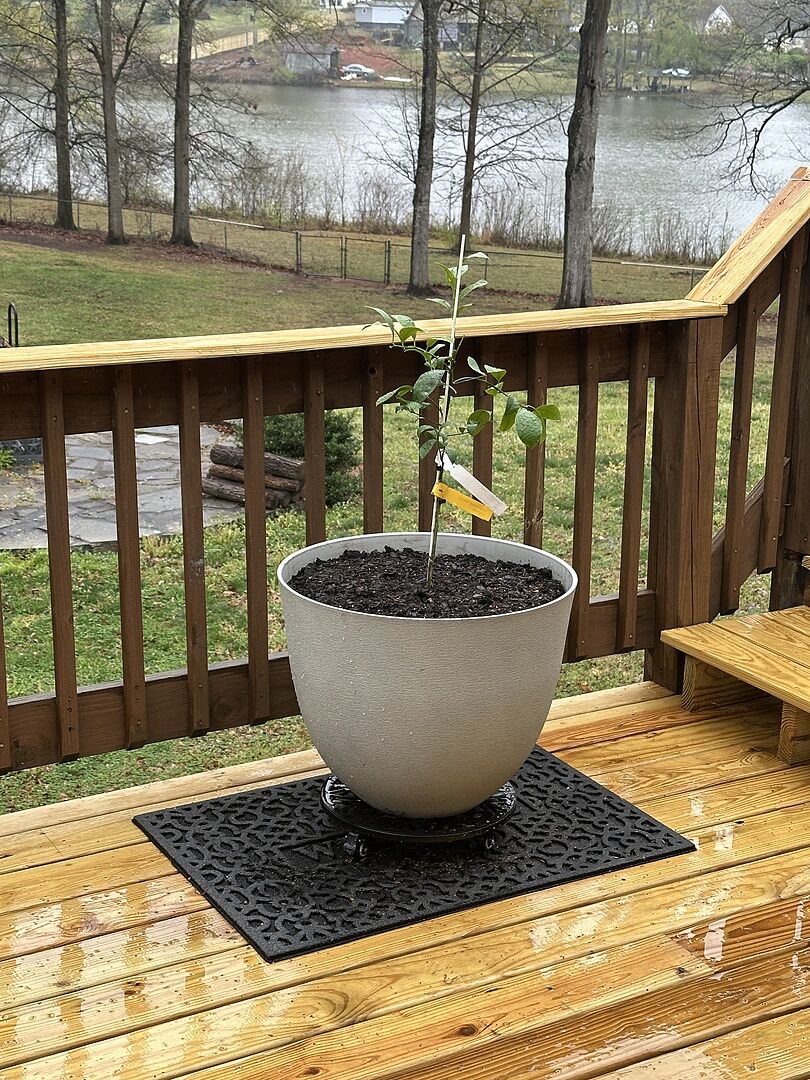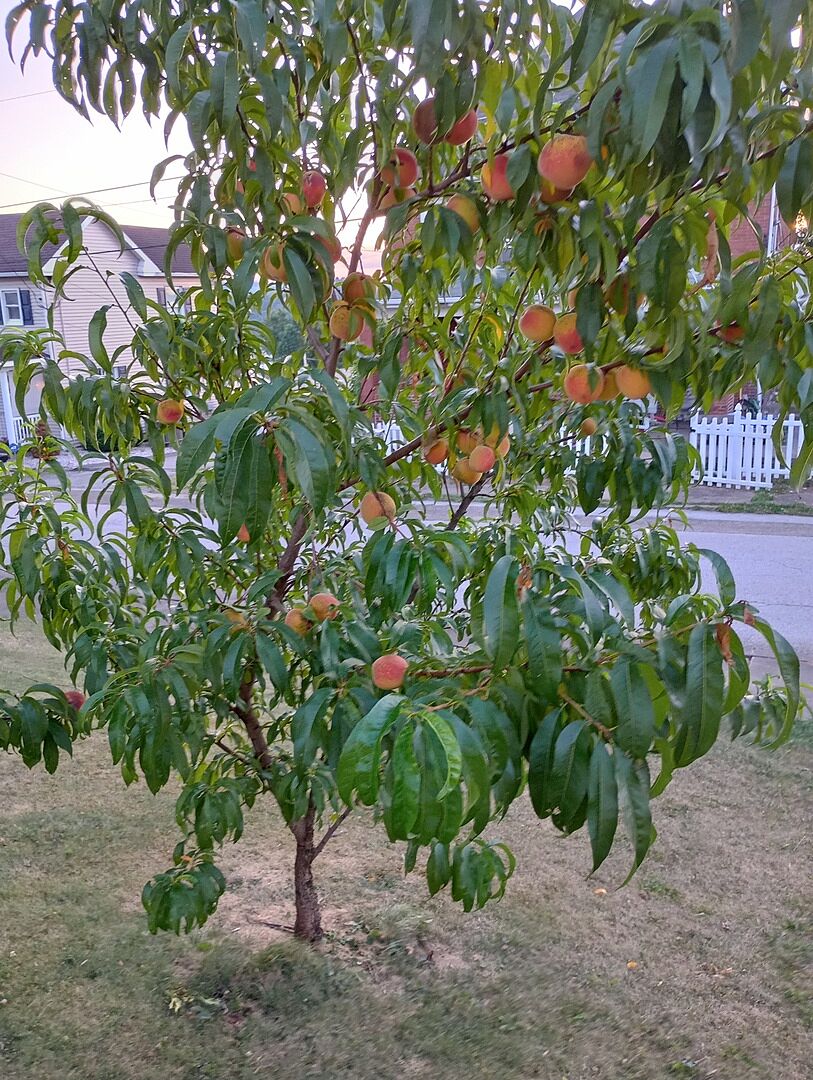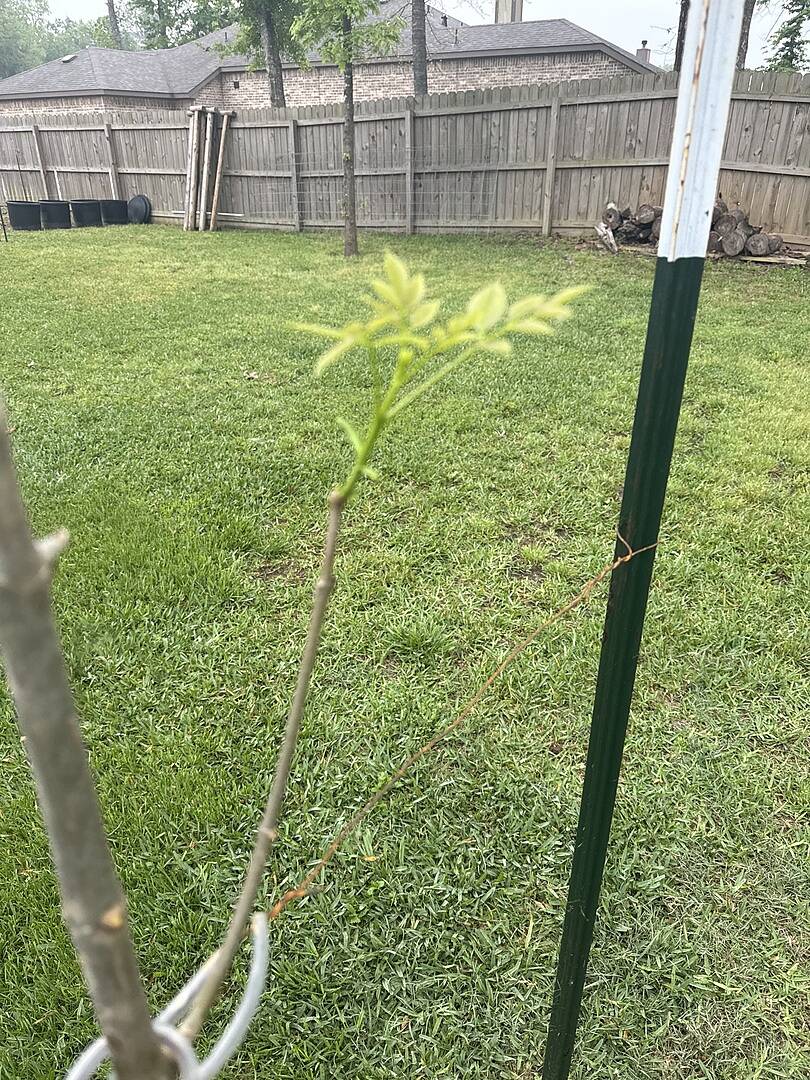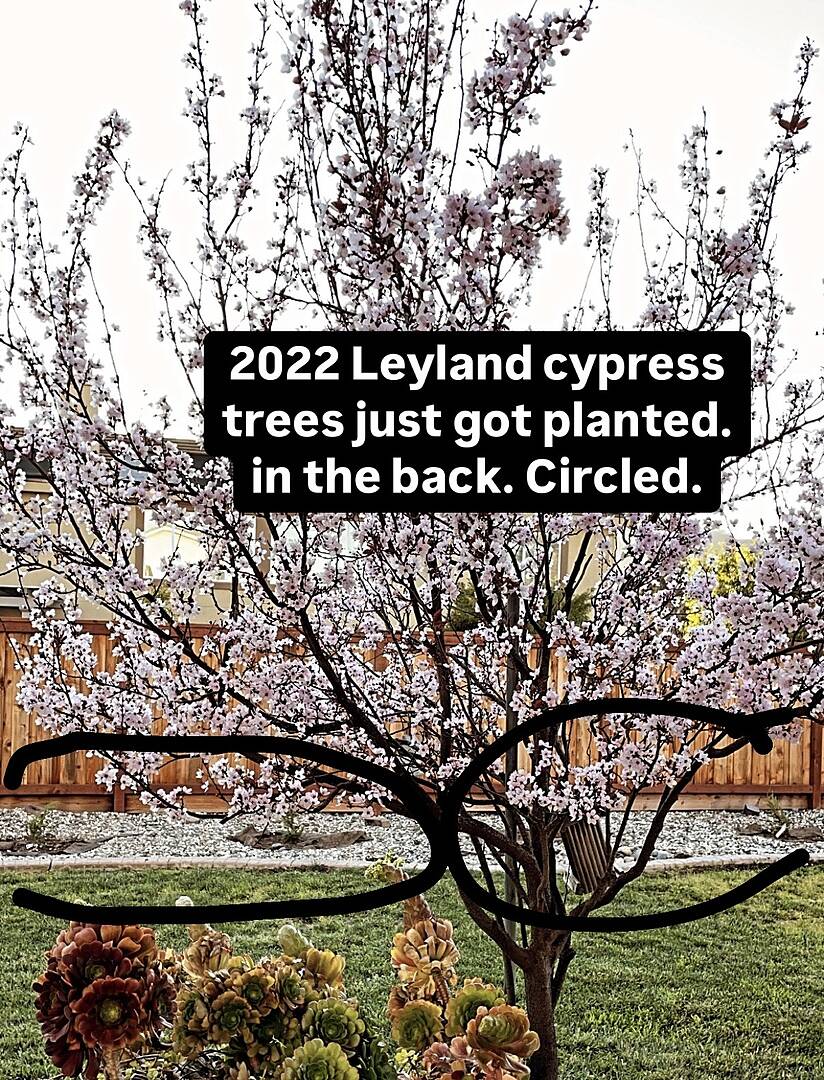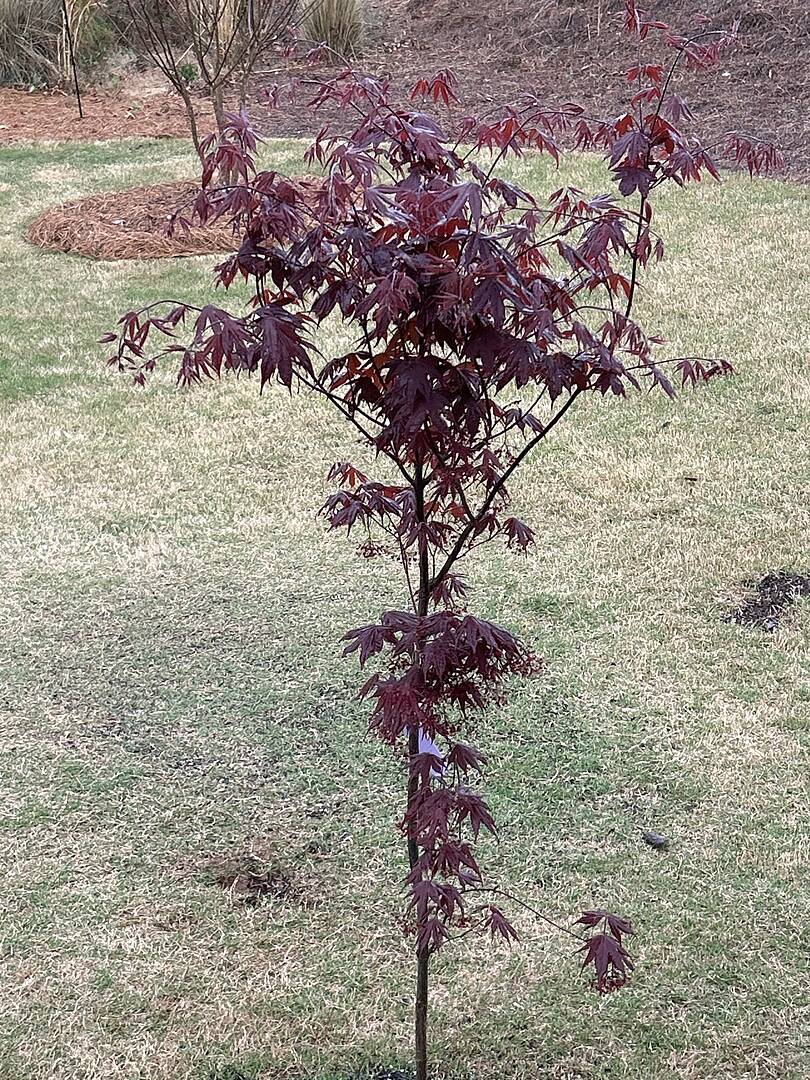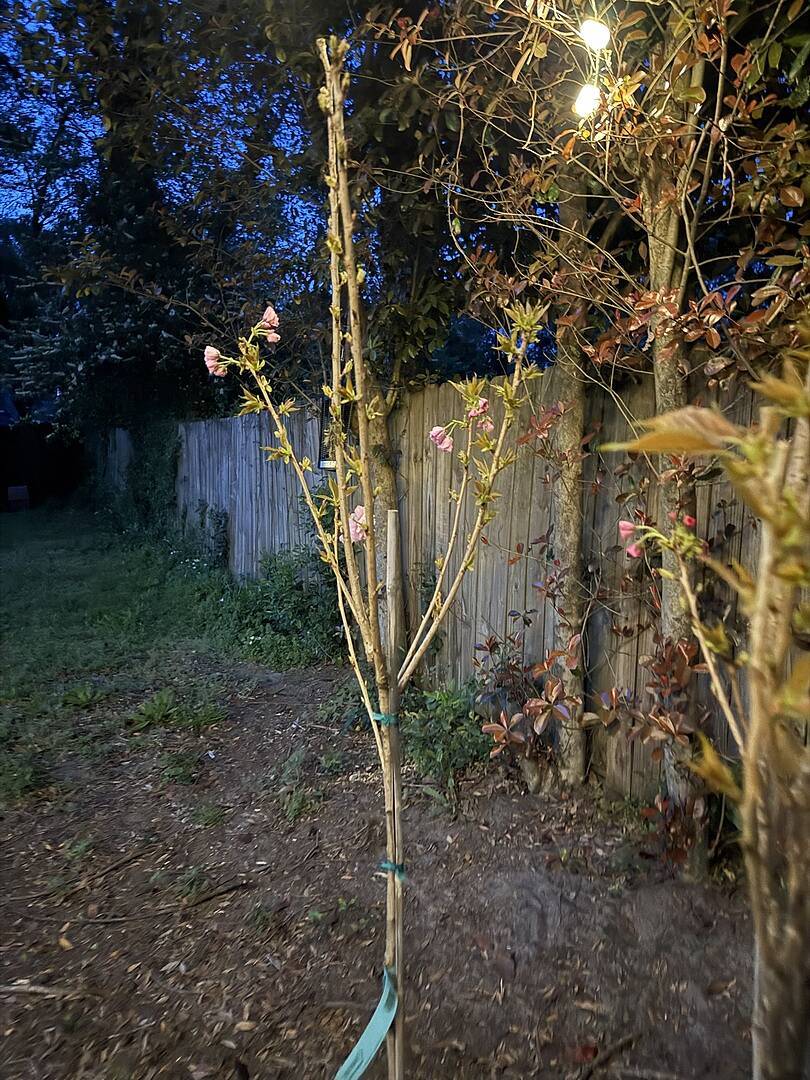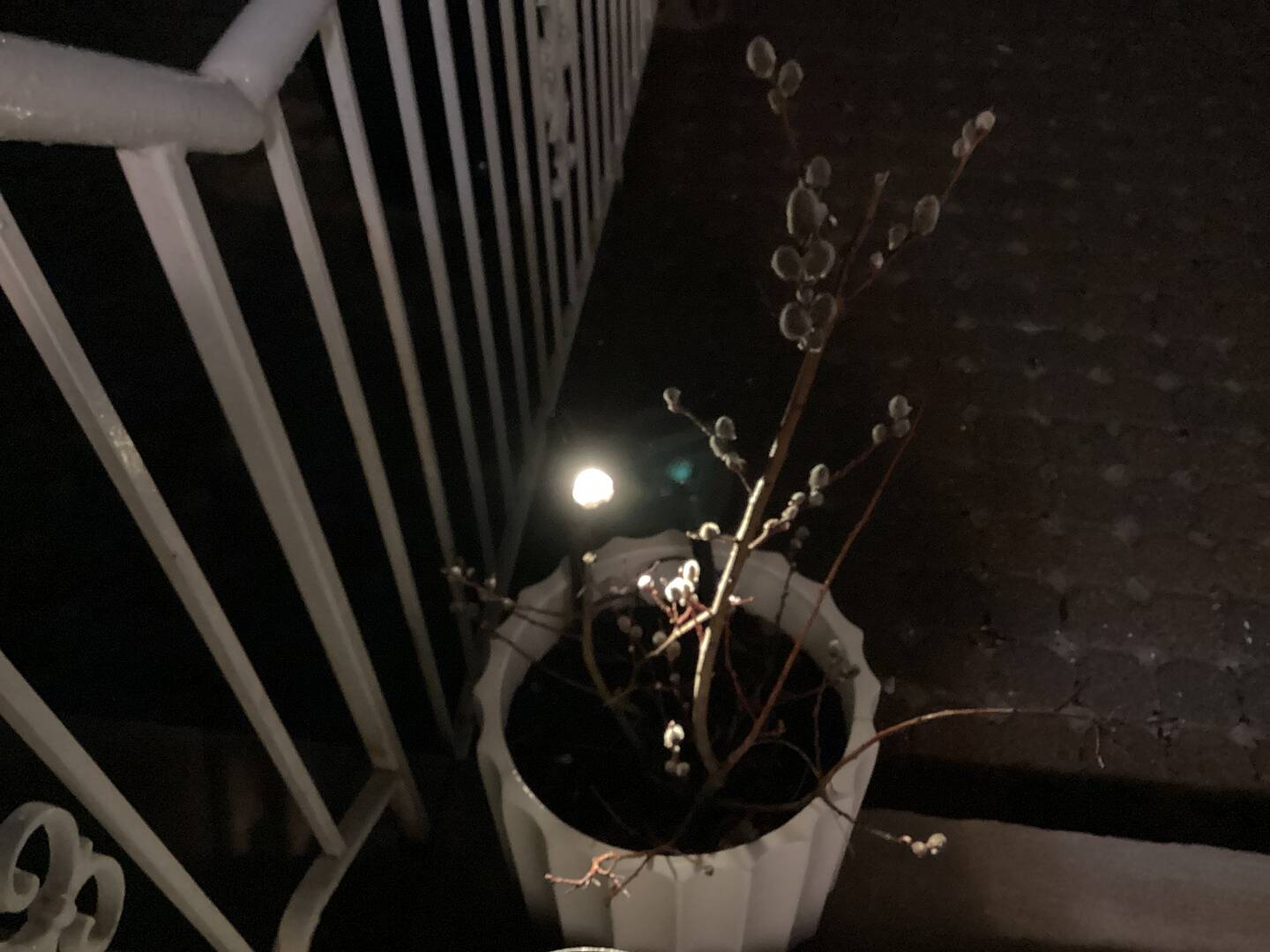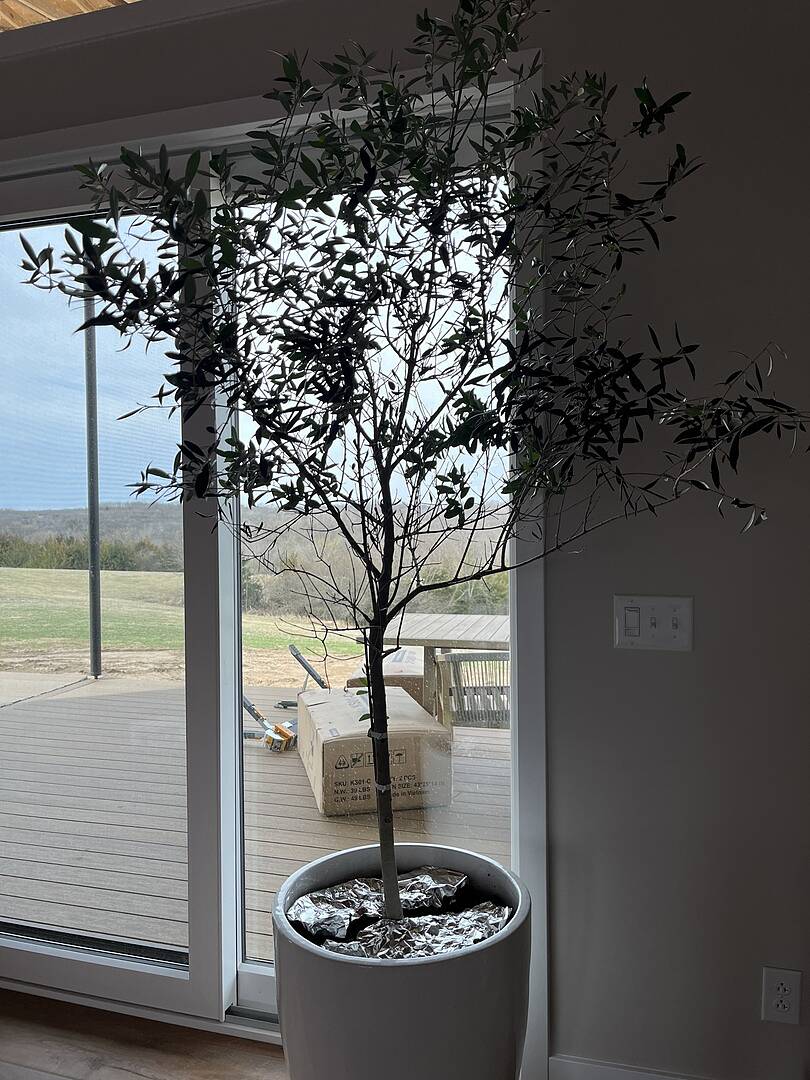Texas
Filters
Trees and Plants Made for Texas Success

Texas lies within the warm and cool areas of the Temperate Zone of the Northern Hemisphere. This gives the Lone Star State three major climatic types; Continental, Mountain, and Modified Marine. Though no distinct boundaries separate these climate types, as a guideline the Continental zone is predominant in the High Plains. The Mountain climate dominates the Guadalupe, Davis and Chisos Mountains, and the Modified Marine climate covers the rest of the state. Climate will be a major consideration when you are selecting fast-growing trees for your Texas residential landscape. Whichever region of Texas you call home, we have the trees for you.
The Best Trees for Planting in Texas
If you’re looking for trees that are native to your Texas landscape, you’ve come to the right place. We have a wide selection of Maples that will thrive throughout the Lone Star State. Our other Texas natives include the Sawtooth and Live Oak, American Beech, Black Cherry, Flowering Dogwood, Peaches and Poplars, to name just a few.
Other trees that will thrive in TX include the enduring Tonto Crape Myrtle, Muskogee Crape, Pink Dogwood and Cleveland Pear. Each of these trees will add a vibrant splash of color to your landscape while providing shade. Some of the best trees for your landscape can be found at Fast Growing Trees Nursery.
Perhaps you want to increase the privacy of your property. If so, consider planting a row of Thuja Emerald Green, Cryptomeria Radicans or Drought-Tolerant Evergreens. These fast-growing, feathery evergreens will enhance the beauty of your property’s boundary with their year-round dark green color while adding a sense of security.
A Large Variety of Trees for Texas
Houston Black was designated as Texas’s state soil in 1902. This black clay is found on more than 1.5 million acres of Texas land from north of Dallas south to San Antonio. This soil is used extensively to cultivate sorghum. If your Texas soil is not ideal, you can easily amend it by adding organic matter such as compost and a good fertilizer.
Texas is home to some of the most stunning scenery and rugged landscapes in the United States. You can enhance your beautiful mountain or desert landscape with a mixture of resilient shade and Flowering Trees that grow well in your specific region.






